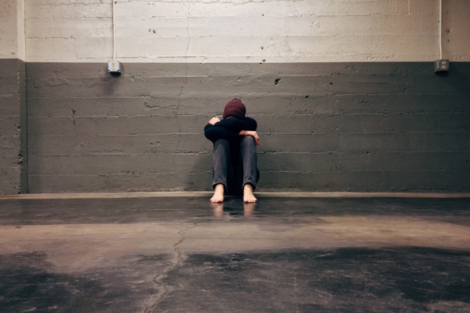
INQUIRER.net stock photo
With the international day against violence and bullying at school, including cyberbullying (Nov. 5), being observed this week, data from UNESCO shows that one third of children worldwide (some 246 million kids) have recently experienced bullying in or around school.
The problem prevails around the world and researchers are studying possible avenues of preventative action to tackle it. A new study from the University of Córdoba in Spain and the United Kingdom’s University of Cambridge offers some insight.
Published in Science Direct, this new study examines the risk factors for violent behavior in adolescents.
“These behaviors refer to, for instance, troubling behavior at home, including physical violence towards parents and siblings, at school, including physical violence towards teaching staff and schoolmates, and other settings, including bad behavior in public,” explains Raquel Espejo Siles, doctoral student at the University of Córdoba who carried out this research during her stay at the Institute of Criminology at the University of Cambridge.
The study focused on 871 students age 10 to 17 attending various educational centers in Andalusia, Spain. Participants were asked to complete two questionnaires one year apart (June 2017, then June 2018).
“We found that violence used directly towards people was related to a tendency to make impulsive decisions and to a blind motivation to accomplish one’s aims, without regard for the disadvantages or negative consequences from using violence,” said Espejo.
The research also showed that being a victim of repeated bullying was an additional risk factor for developing violent behavior at home and/or at school, in particular for younger and male participants.
Identifying and tackling violent behavior
According to the study, certain social and emotional competencies (such as empathy, self-management, motivation and decision-making) can be effective protective factors against violence in children. In this respect, the study authors highlight the role of parents and educators in teaching these social and emotional skills to children and adolescents.
“It is important to prevent violence, both victimization and bullying, since the data found in this study and others indicate that violence is a vicious cycle. Being the aggressor or the victim entails a high risk of developing the opposite role, reinforcing and increasing violence both at school and outside of school,” explains Espejo.
The researcher also highlights the need to encourage adolescents to reassess their goals and the consequences of their violent behavior. Moreover, the study concludes that teaching strategies to resolve issues in other ways could help adolescents to compare and see the high individual and social cost of violent behavior. JB
RELATED STORIES:
Many of the same personality traits and behaviors are valued all around the world, says new study
We may eat more when we’re with family or friends, says study